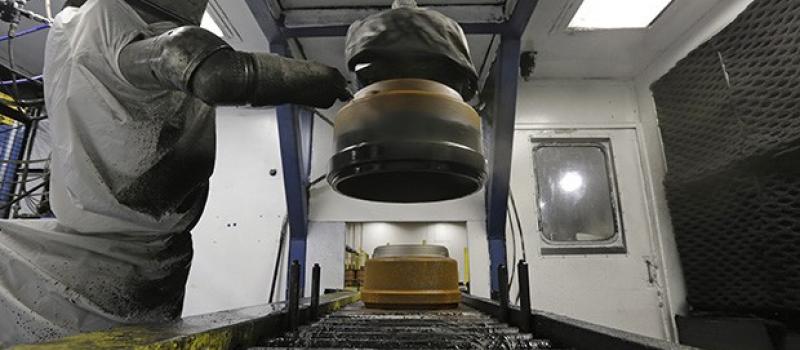Free Lunch: Where did all the productivity go? - My Comment
posted by Nicholas Benes on September 6, 2016 - 2:22pm

Here is my comment on Martin Sandbu's Free Lunch: Where did all the productivity go? And what would it take to make it grow again?
THE topic of most importance, world-wide, economically. "The world has a tendency to look different depending on the perspective from which you look at it. Is the US productivity slowdown a consequence of insufficient investment, which has held back or depressed the capital available to workers, or of a more elusive TFP slowdown? Duke attributes most of the recent productivity slowdown to a stop — indeed a reversal — of capital accumulation. So does Robert Gordon who points out that US “business investment in the US is 12.9 per cent of gross domestic product, compared with 13.4 per cent in 2007 and 14.7 per cent in 2000”. In contrast, Federal Reserve vice-chair Stanley Fischer said in his latest speech that at most one-quarter of the slowdown is due to investment, with the bulk caused by slowing TFP growth.
Who is right? It depends, it turns out, on what period you take as the benchmark, as the chart above illustrates. Fischer compares post-crisis developments with the half-century that preceded it. Duke and Gordon start their reference period in the late 1990s. And as the numbers show, the immediate pre-crisis decade or so was extraordinary for both TFP growth, which then dropped off a few years into the 2000s, and capital deepening, which continued up until the crisis. The composition of the productivity slump, therefore, looks different whether you start at mid century or in the mid-1990s, and whether your cut-off point is 2003 or 2008.
Which period should guide our policy choices depends to some extent whether that extraordinary pre-crisis period can or should be emulated. The TFP rise is no doubt related to the information technology revolution, and may well not be replicable. What about high rate of capital accumulation? Here one might argue that this was driven by the consecutive dotcom and housing bubbles and that it, too, is neither feasible nor desirable to replicate. Indeed if the high capital accumulation was really an artefact of capital misallocation by a bloated financial sector, its “contribution” to productivity growth was illusory at the time and the unproductive capital it financed may still be a drag on measured productivity today."

